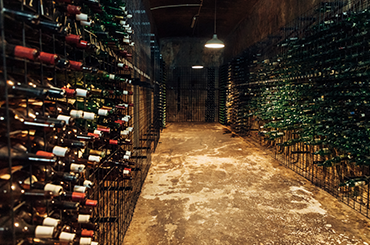Is it worth it? For oenophiles, cellaring is one of the most rewarding things we can do. Buying a bottle to keep for a special occasion, or simply so you can watch the wine evolve magically over time, is incredibly satisfying. Every wine tells a story of a particular time and place – of the season and the soil in which it was grown – but only aged wine brings back memories and allows you to reminisce with loved ones about what you were doing, who you were with, or the special thing that happened the year that wine was made. A wine’s ability to age is also what makes it “go from good to great,” says winemaker Chris Tyrrell.
It goes without saying that a purpose-built cellar is going to yield the best results, particularly if you’re looking to mature your wine for a significant amount of time. But that doesn’t mean you can’t still get great results without one. By implementing these tips and tricks, you’ll be rewarded with some beautiful, aged wines for years to come.
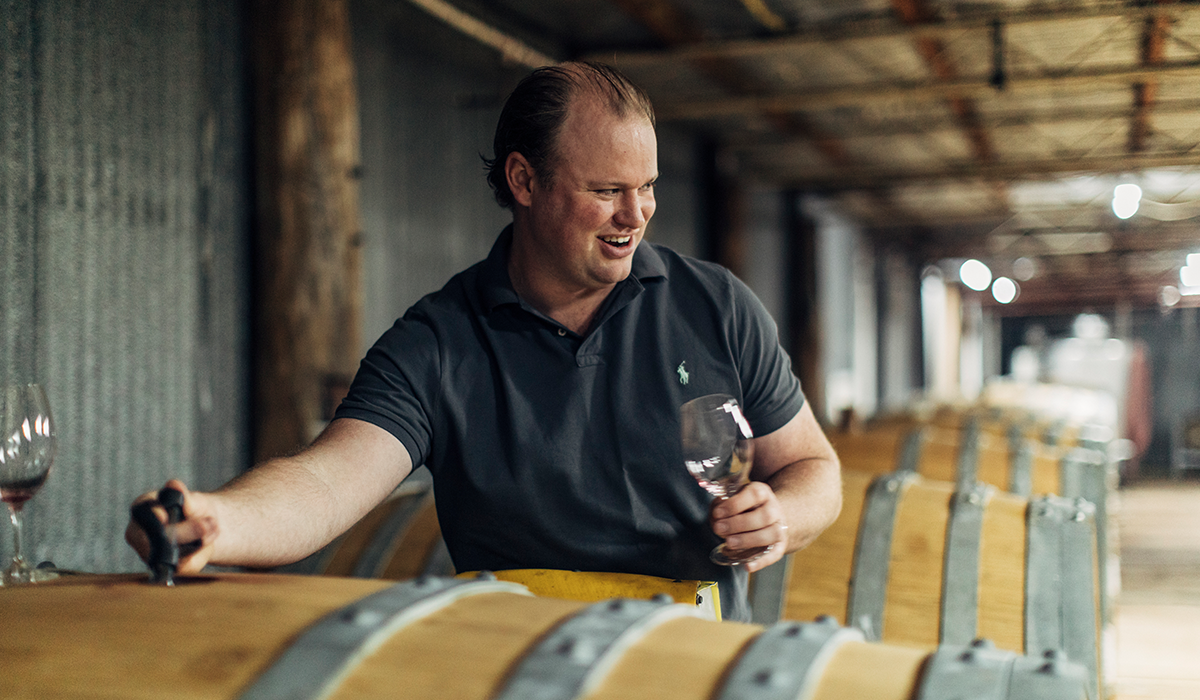
Location, location
Heat and light are two of the most important factors to control when maturing wine, so when you’re looking for a storage space, you want the darkest and coolest (ideally between eight and 18 degrees) space you can find. This could be in a wardrobe or a cupboard somewhere in your house. Avoid the kitchen, laundry, garages, or outdoor storage sheds (unless properly insulated) or anywhere with heating as you also want to avoid extreme fluctuations in temperature – a consistent temperature is as important as a low one. Keeping it away from exterior walls can also help reduce the impact of the outdoor temperature. You also want to avoid anywhere with high foot traffic as vibrations can cause a chemical imbalance in the wine and disturb the sediments that need to settle in red wine.
Keep it boxed up
If you’ve bought your wine online or in six or 12 bottles, more than likely it’s been delivered in a box. If possible, keep it in the box, as this can help minimise the effects of temperature fluctuations. Bonus points if it comes in Styrofoam (although not for the environment, of course, but better to use it than try to dispose of it). Remember to lie the box on its side if the wine is sealed under cork, otherwise you run the risk of the cork drying out and the wine oxidising – however wine sealed under screwcap can be kept upright.
Consider the closure
Once, cork-sealed wines were considered gold standard for ageing wine, as their porousness allowed oxygen to enter the bottle. However, we now know that the oxygen already present in the bottle is enough (and that many of the ageing reactions in wine are reductive – as in they don’t require oxygen) and that any additional oxygen is likely to be destructive rather than beneficial. If your home cellaring conditions are less than optimal, you can mitigate the risks slightly by choosing wines that are sealed under screwcap as they’re better at retaining freshness and aren’t as susceptible to oxidation or cork taint.
Leave them be
Once you’ve found the perfect place for your wines, try to keep them in one position and don’t move them around unless absolutely necessary to avoid upsetting the maturation process. Having a good organisational system can help, such as using the Halliday Wine Companion Virtual Cellar, as well as physical tags and labels so you’re not rummaging around too much when you’re looking for something to drink.
Use a wine fridge
If you don’t trust your home cellaring options, a more foolproof option is to invest in a wine fridge. Brands like Vintec have underbench options ranging in size from 20–50 bottles; and, if you have the room, much larger options with space for over 300 bottles.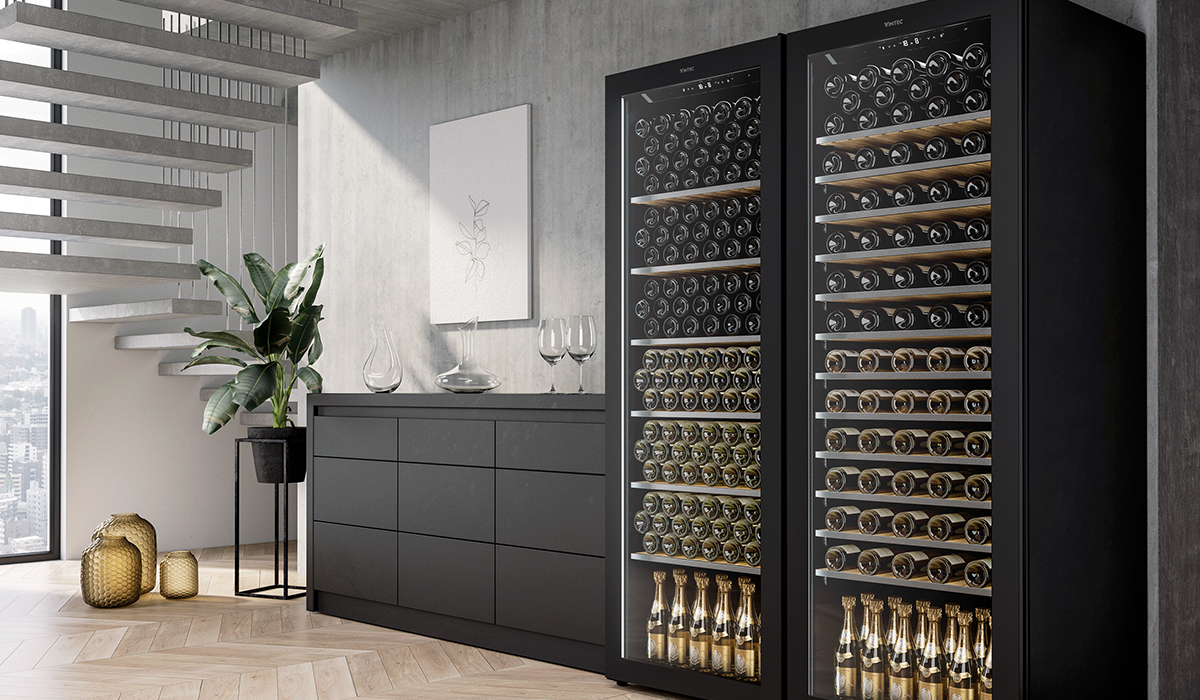
Buy the right wine
No matter how perfect your cellaring conditions are, if the wine isn’t particularly good to start with, age will not make it better. When stocking your home cellar, look for wines that are balanced. All a wine’s elements must be in perfect harmony if it is to age well. If any one character is out of balance – like oak or tannin – time will more than likely make it more, not less, pronounced.Other considerations include variety. Certain varieties like cabernet sauvignon and shiraz are often built to withstand ageing, whereas varieties like pinot gris or sauvignon blanc are less likely to be. Wines for ageing have a foundation built around alcohol (alcohol is a preservative), and strong structural elements such as acidity (white wines) and tannins (red wines).
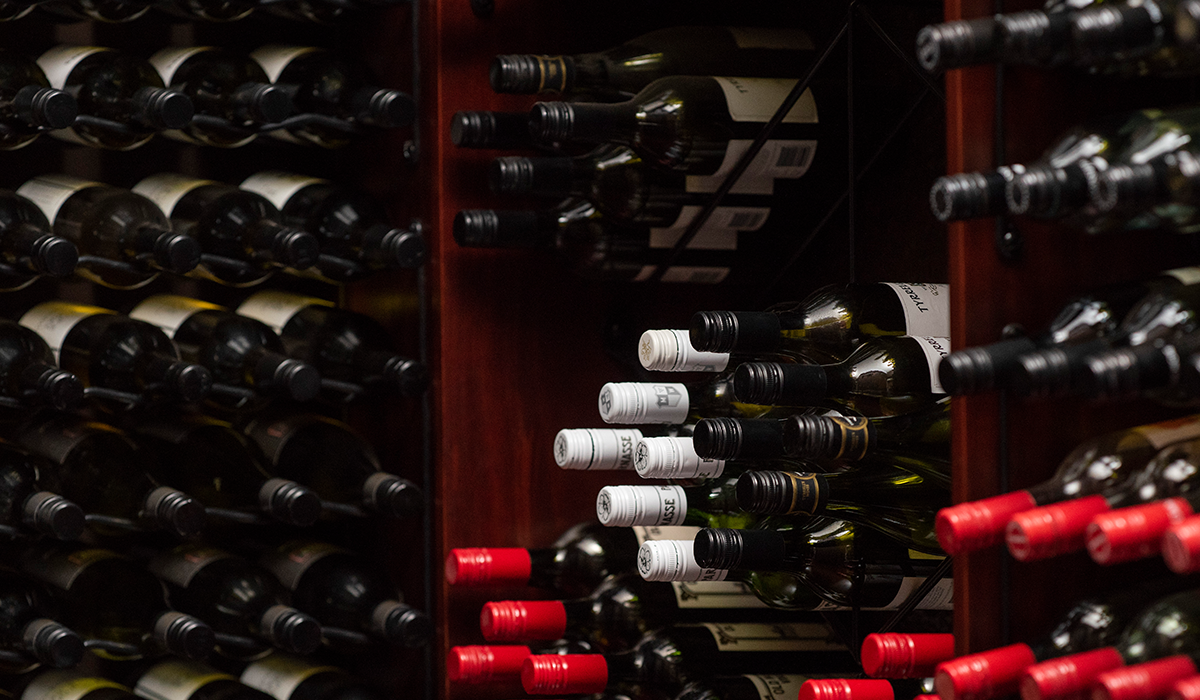
Cellar off-site
If you don’t have space for a wine fridge, or you have too many bottles you want to age, another option is to outsource your cellaring. Lots of storage companies around the country offer climate-controlled wine storage, but if you’re looking for a more boutique option, Melbourne’s Pentridge Prison has converted its D-Block into climate-controlled wine cellars that can can be purchased. “You’d be forgiven for thinking the 19th century former gaol was purpose-built for wine storage,” says Pentridge Cellars director and founder Michael Woodworth. “It’s a totally unique and exciting opportunity for wine lovers who want to keep and mature their prized wines. Plus, unlike other offsite storage options, your wine cellar comes strata titled giving you full ownership of the space.”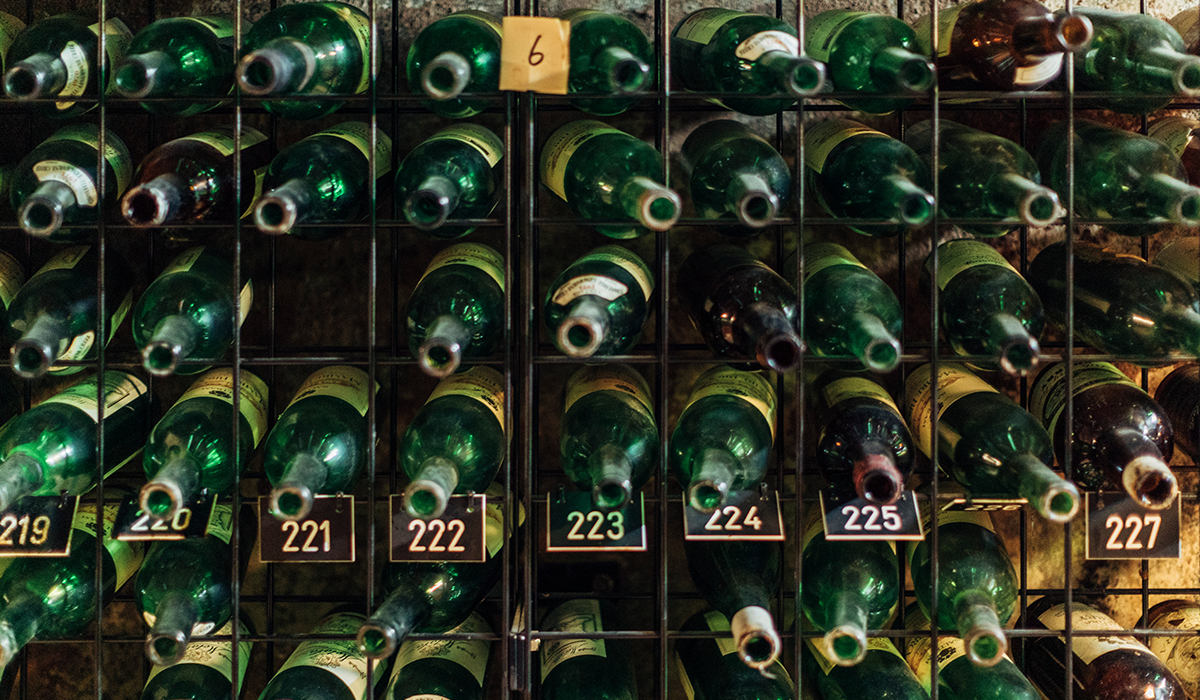
Seek out museum releases
If you want to enjoy aged wines but don’t have the space, time or patience to age them yourself, the next best thing is to buy aged wine direct. Despite financial pressure to release wines as soon as they’re bottled, many wineries will hold a number of them back, releasing them when they’re drinking at their best instead. Winemaker Chris Tyrrell says buying these museum release wines is ideal because you’re buying “direct from the source.The wine has been matured in optimal conditions and it hasn’t done any big travel, it hasn’t left the source, and that’s important.” Tyrrell’s routinely releases a semillon with six years of age already on it, and smaller releases of their chardonnay and shiraz with two years of age. “I understand not everyone has the ability to cellar wine these days, but the magic of aged wine is why we do this,” says Chris. “There’s nothing better than pulling an old wine out of your cellar and enjoying those lovely, aged characters and all the beautiful things that come with wine, because it’s a living thing and it develops and it’s great to see that.”
Don't forget the Halliday Virtual Cellar allows you to track drinking windows, sort wine by the 'drink by' date and prioritise missing peak drinking windows.
This article appears in issue #70 of Halliday magazine. Become a member to receive the print publication as well as digital access.
Image credit: Wine Australia.





